Halloween Mythology: Samhain – The Origins of Halloween Part 2
Christianizing the Pagan Holiday
Though accounts do vary, it is the well understood notion that the Christian Church did annex the dates of Pagan Holidays to replace pagan practices in the lives of new Christians. According to Father Simon McNarry in his book, Why Do We Do That?, he explains that the early church found it was simply easier for early Christians in Europe to accept the changes brought to them with the new religion by regularizing a calendar of feasts and celebrations that would mirror their native, pre-Christian practices. And Samhain was not the only holiday to get this treatment: Yule and Beltaine also got the “baptism” as well. And for me, as a Roman Catholic, I was intrigued with the way the feasts and celebrations were set in concordance with the old pagan ways how and how they actually contributed with our more modern practices.
Early Christians did still observe things that were associated with the pagan holiday of Samhain. One of these practices was the great feast. Treats and special foods were prepared and set out for the family with a chair left empty for the visiting ancestor. Legends had it that if you did not honor the dead ancestor in your home, they might play a trick on you, like hiding something you needed or stealling something you cherished. Later this evolves into the act of trick or treating, where the youngest members of the household stand in for the beloved dead and beg for treats and play tricks on those who do not give treats or do not give in the right spirit of giving.
Friends coming to the house would be greeted with a candle in the window, letting passers by know that all good people and spirits were welcome to join in on the celebrations. The candles were often set inside a carved out turnip. This evolved into the American custom of carving the pumpkin (which was larger and easier to carve) and lighting a candle inside it, representing the spirit of Halloween.
With the Protestant Reformation, however, many celebrations associated with the Catholic Church were considered Pagan mainly because the Church did annex the old Pagan calendar to regularize the Christian Calendar and to ease the new Pagans out of their old ways. This not only included All Hallows Eve, but also Christmas, with it’s heavy Celto-Norse influences.
Sources: Why Do We Do That? by Father Simon McNarry, Christianizing the Pagans by Robert C. Giles, Celebrating the Seasons: Samhain to Ostara by Ashleen O’Gaia, and Halloween.

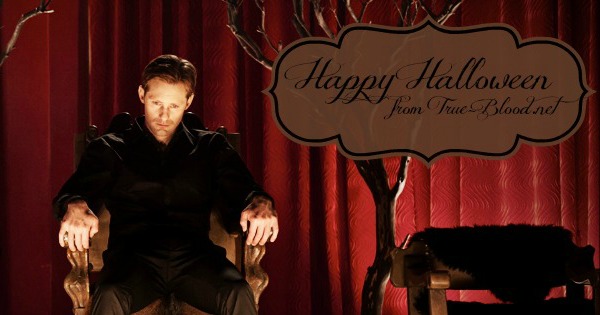
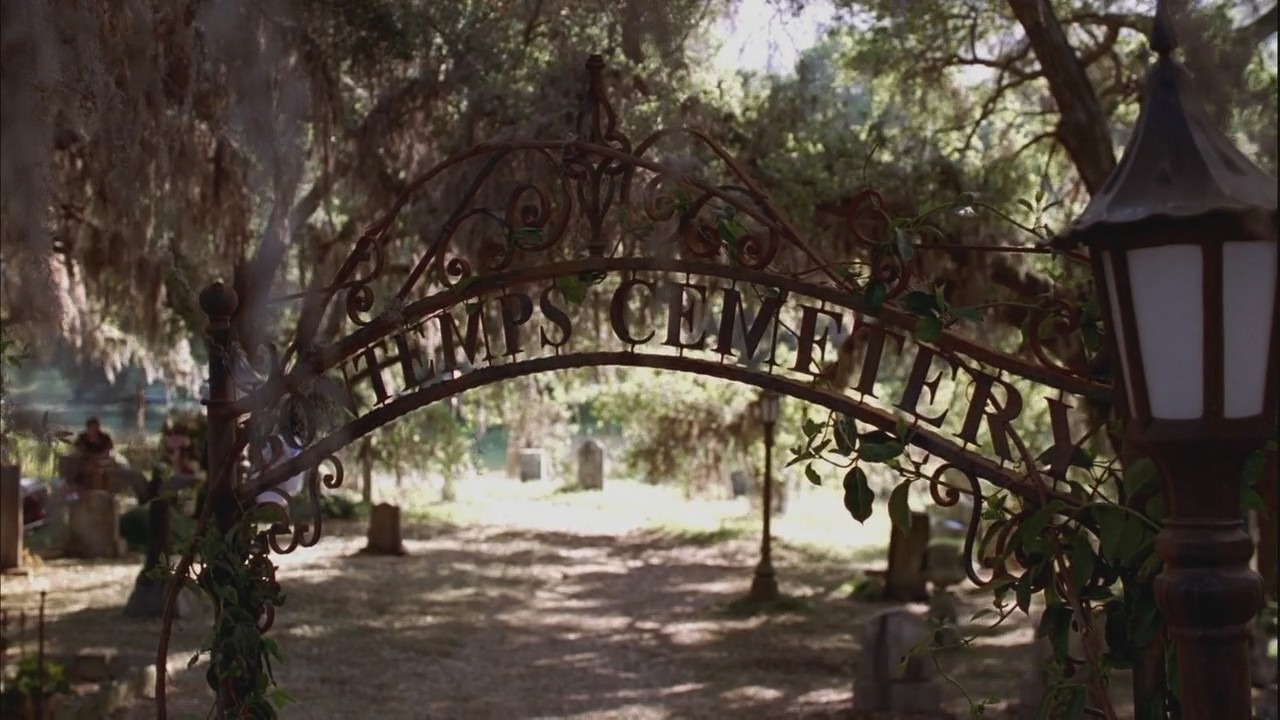
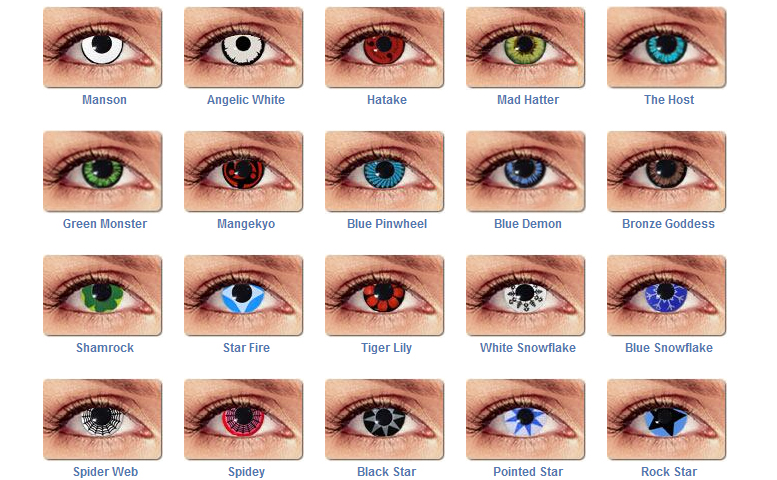
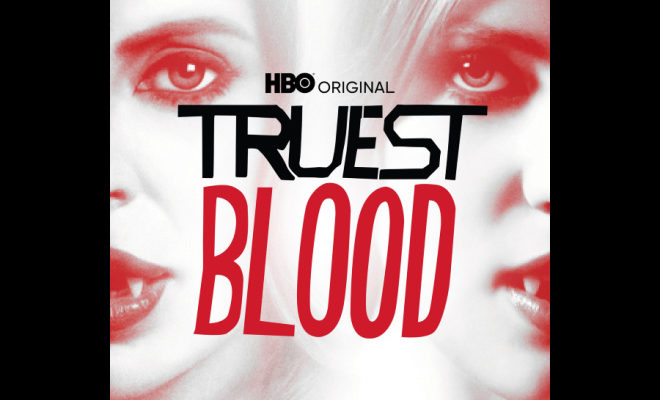


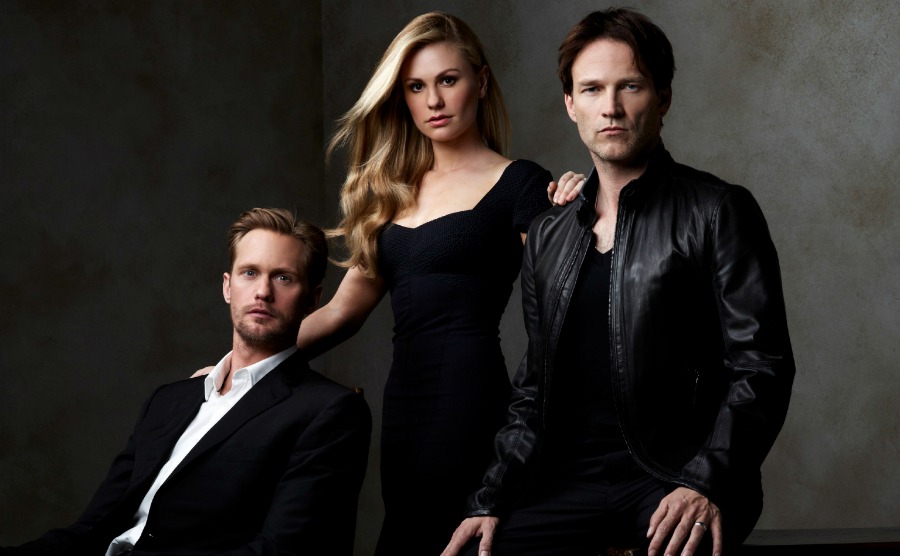

4 Comments